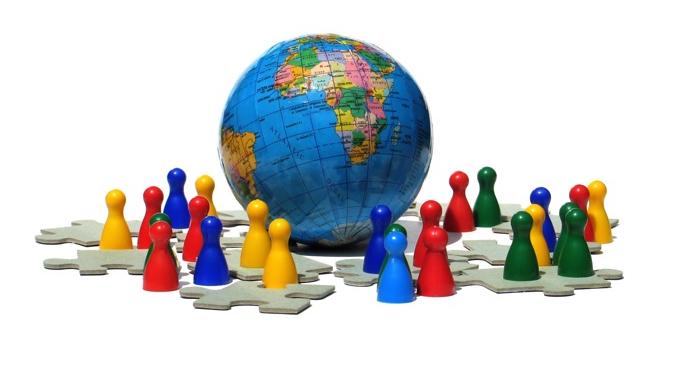Diversity of various types in a global company suggests that HRM practices have to be tailor-made to suit the local conditions. Such practices can be seen in the context of different HRM functions.
Recruitment and SelectionA global company has the following alternative approaches to recruitment and selection of employees:
- Ethnocentric-all key positions, in headquarters as well as subsidiaries, are staffed by parent-country nationals.
- Polycentric-key positions in subsidiaries staffed by host-country nationals and those in headquarters staffed by parent-country nationals.
- Regiocentric-key positions staffed by host-country nationals within particular geographical regions (such as continent-wise).
- Geocentric-key positions in headquarters as well as subsidiaries staffed by people based on merit, irrespective of their nationality.

